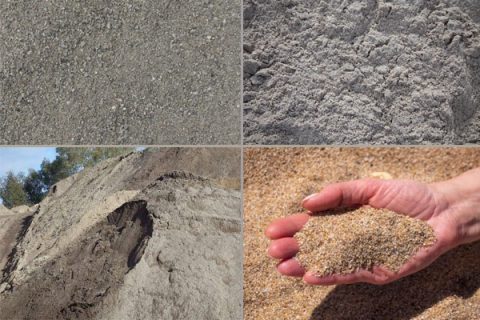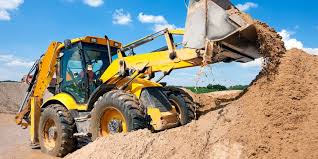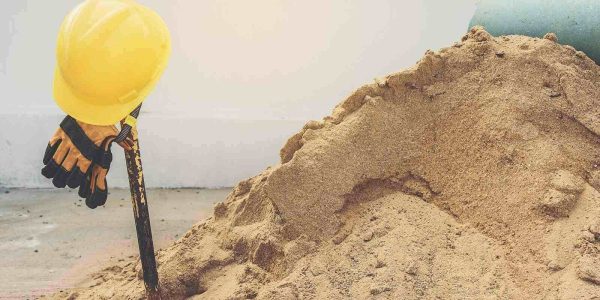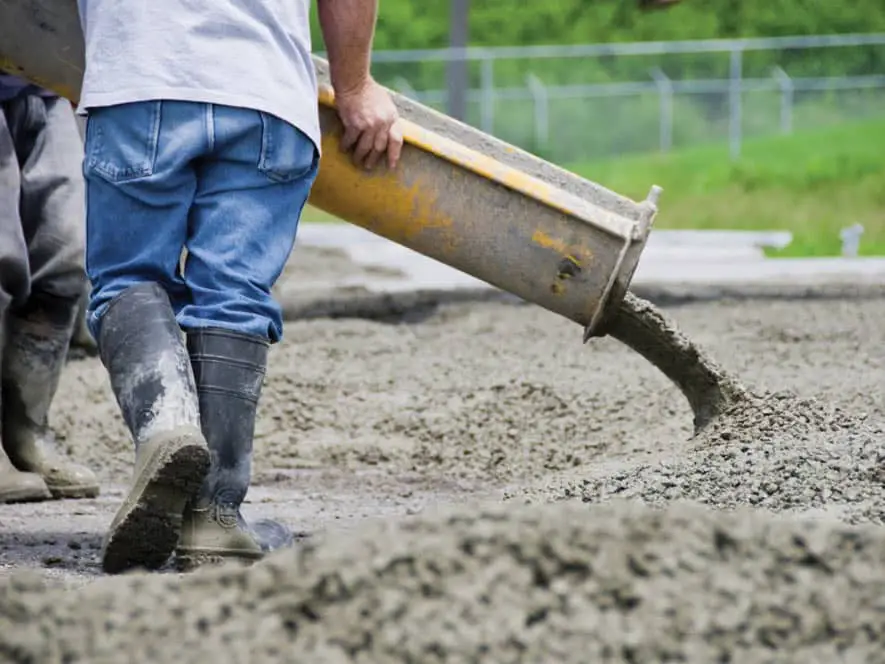In a recent discovery that is quite one to marvel at, the Indian scientists have just recently developed a material that is expected to be the Sand Substitute in Construction industry. As recently noted, natural sand is indeed getting rarer day by day thereby making it very urgent to find or explore other alternatives so as to come up with the substitute of this important construction material i.e. sand.
The researchers based at the Indian Institute of Science, Bengaluru have come up with a very unique material that they have proven could possibly replace natural sand in construction sector. Natural sand is getting scarce, therefore the need to seek other options.

The scientific researchers at the IIS Center for Sustainable Technologies (CST) are looking for ways to store carbon dioxide (CO) from the natural flue gas found in both excavated soil and construction waste. The end product can then be used to partially replace natural sand in construction.
Significance of the Sand Substitute in Construction
“This product will not only cut the environmental impact of the construction materials but also impart the properties that can efficiently enhance their use during construction,” IISc revealed in a statement.
Being led by the Assistant Professor at CST, Souradeep Gupta, the team of researchers has shown that substituting the natural sand with carbon dioxide-treated construction waste in mortar and then having it cured in a controlled environment that is rich in carbon dioxide (CO2) can catalyse the development of the engineering properties of the material.

“The utilization of CO2 and sequestration can be both a scalable and feasible technology for the manufacture of low-carbon prefabricated construction materials while being in accordance with the decarbonization targets of the nation,”Souradeep Gupta elaborates.
This process is pegged to boost the compressive strength of the material by around 20-22%. Moreover, the research team also tested the effect of injecting carbon dioxide gas into clayey soil that is usually excavated from the construction sites.
Its Uniqueness
This procedure eventually resulted to a better stabilization of clay by cement and lime, and also reducing the surface area, its pore volume and the lime reactivity of clay in the soil, which eventually tends to improve the bulk engineering performance of this material.
In a recent study that was conducted by the research team of Gupta, they explored the effects of sequestering carbon dioxide (CO2) in the soil that has been excavated to come up with cement-lime-soil materials, substituting up to 25% and 50% of the fine aggregates in mortar.

This process results to formation of calcium carbonate crystals, thereby reducing the capillary pores of the material and enhancing its general compressive strength. Exposing these bocks to CO2 resulted into an early-age strength by 30 % and sped up curing time.
In another venture, the team also came up with 3D-printable materials using the excavated soil that is stabilized with binders like Portland cement, a blast furnace slag, and fly ash. These materials demonstrate superior extrusion and buildability, therefore potentially reducing both the cement and sand requirements by 30% and 50% respectively.
Future research will be assessing the impact of industrial flue gas on properties of these materials, with other plans for the industrial application and revision of standards in construction materials that are cement-based.
3D printing in construction: Building the future layer by layer

